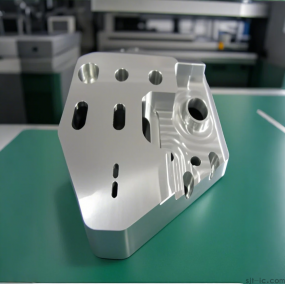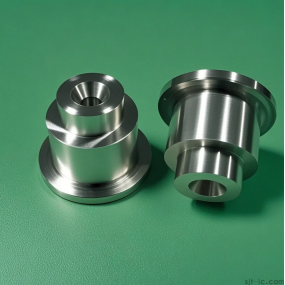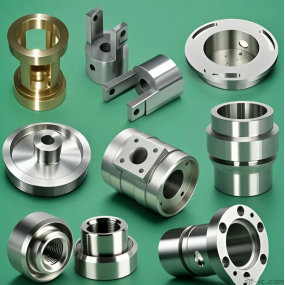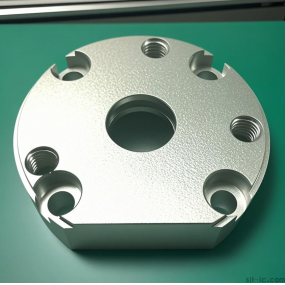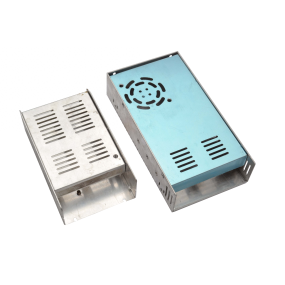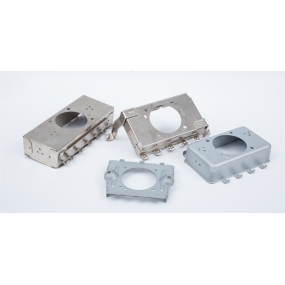Precision casting, precision molding, plastic processing, and thin plate precision forming technologies are highly valued in industrialized countries, and a large amount of money is invested in priority development.
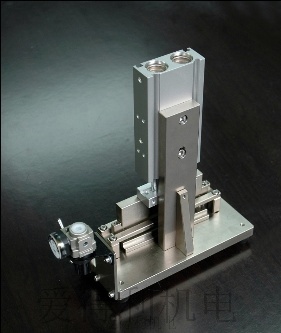 In the 1970s, the US Air Force oversaw the development of the "Forging Process Modernization Program", with the aim of modernizing the important process of forging, using more CAD/CAM, and reducing the manufacturing cycle of new forgings by 75%. Shenzhen Precision Parts Processing In 1992, the US Department of Defense proposed the "Military Key Technology List", which included isobaric forming processes, numerical control computer-controlled spinning, plastic transformation and shear forming machines, superplastic forming/diffusion joining processes, and hydraulic extension forming processes. Precision plastic forming processes.
In the 1970s, the US Air Force oversaw the development of the "Forging Process Modernization Program", with the aim of modernizing the important process of forging, using more CAD/CAM, and reducing the manufacturing cycle of new forgings by 75%. Shenzhen Precision Parts Processing In 1992, the US Department of Defense proposed the "Military Key Technology List", which included isobaric forming processes, numerical control computer-controlled spinning, plastic transformation and shear forming machines, superplastic forming/diffusion joining processes, and hydraulic extension forming processes. Precision plastic forming processes.
In recent years, foreign countries have also developed "forging of large die forgings and blade precision forging processes", "rapid solidification powder lamination process", "power spinning forming process for large and complex structural parts", "superplastic forming process for difficult-to-deform materials", "advanced material forming process", etc. Our country‘s superplastic forming technology is also applied in the aerospace and machinery industries, such as satellite parts, missiles and rocket gas cylinders in the aerospace industry. Superplastic forming is used to manufacture the Qin alloy recovery chamber of reconnaissance satellites.
At the same time, it has basically mastered the superplastic forming process of zinc, copper, aluminum, and Qin alloy. The minimum forming thickness can reach 0.3mm, and the shape is also more complicated. In addition, precision molding technology has been widely used abroad to manufacture weapons. Commonly used precision parts processing and molding technology, such as occlusion forging, precision forming using shunt principle, and isothermal forming, have been used in military production abroad. Shenzhen Precision Parts Processing At present, precision molding technology is less used in our country, and the accuracy is poor. The accuracy abroad is 0.05-0.10mm, and our country is 0.1-0.25mm.


 Spanish
Spanish Arabic
Arabic French
French Portuguese
Portuguese Belarusian
Belarusian Japanese
Japanese Russian
Russian Malay
Malay Icelandic
Icelandic Bulgarian
Bulgarian Azerbaijani
Azerbaijani Estonian
Estonian Irish
Irish Polish
Polish Persian
Persian Boolean
Boolean Danish
Danish German
German Filipino
Filipino Finnish
Finnish Korean
Korean Dutch
Dutch Galician
Galician Catalan
Catalan Czech
Czech Croatian
Croatian Latin
Latin Latvian
Latvian Romanian
Romanian Maltese
Maltese Macedonian
Macedonian Norwegian
Norwegian Swedish
Swedish Serbian
Serbian Slovak
Slovak Slovenian
Slovenian Swahili
Swahili Thai
Thai Turkish
Turkish Welsh
Welsh Urdu
Urdu Ukrainian
Ukrainian Greek
Greek Hungarian
Hungarian Italian
Italian Yiddish
Yiddish Indonesian
Indonesian Vietnamese
Vietnamese Haitian Creole
Haitian Creole Spanish Basque
Spanish Basque

